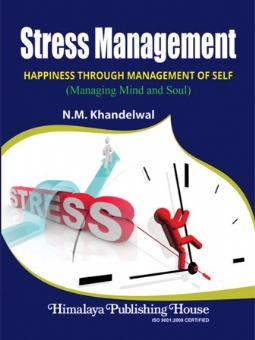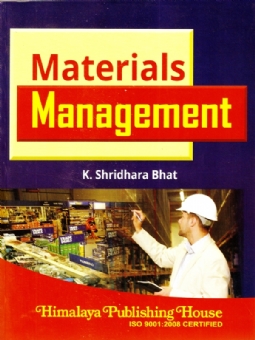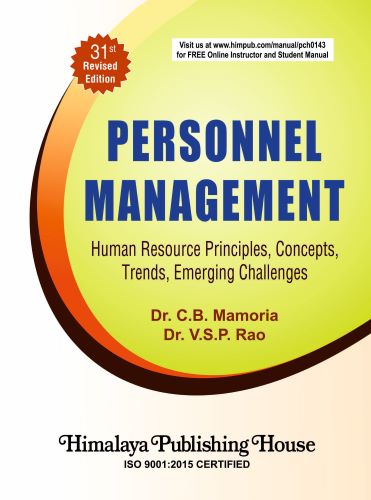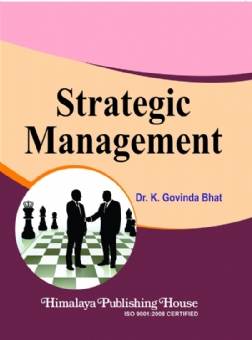Everybody wants to be happy in life but very few become so. Happiness cannot be brought from outside. It is within us and we have to explore it. The present book will give you certain practical tips to do it with success.
The recent U.S. sub-prime crisis leading to global crisis, slowdown, business failures, massive employee retrenchment have created a situation of ‘stress and distress’. The present book is intended to offer a spiritual solution to contemporary global phenomenon of acute stress and depression. It will help managers and employees to regain peace and happiness by revisiting Ashtavakra Gita.
Happiness through self-management and self-realization is the main theme of a dialogue between Guru Ashthavakra muni and his regal disciple King Janak. This is called Ashthavakra Gita which forms part of Mahabharata epic which dates back 3200 B.C. It is revealed through a dialogue between King Yudhisthira and Lomash Muni Son of Uddalak Muni Shwet Ketu and Ashthavakra Muni were contemporary experts of Vedas. Both were very famous experts. Shwet Ketu was maternal uncle of Ashthavakra muni. Both had gone to yajnashala and court of King Janak where Shastrartha between Pandit Bandi and Ashthavakra muni had taken place.
Parents of Ashthavakra muni were Kahod and Sujata. Kahod’s guru was Uddalak muni, father of Sujata. Ashthavakra muni and Shwet Ketu got spiritual knowledge hereditarily. But Ashthavakra muni got knowledge of shastras in his mother’s womb from his father Kahod. While in mother’s womb, he contested his father Kahod’s knowledge. Father became angry and cursed him to be of ugly body with eight bends. That is why he got the name ‘Ashthavakra’ (eight curved or eight bended body).
Kahod muni got defeated in shastrartha by Pandit Bandi of Mithila in the Court of King Janak. He was compelled to be drowned in the river. Ashthavakra’s childhood was spent in his maternal grandfather Uddalak Muni’s care. He came to know about death of his father from his maternal uncle and then he took vow to take revenge on Pandit Bandi. He attained this goal at the age of 12 years only.
At this unique success of Ashthavakra Muni, his dead father reappeared from river water and blessed him.
Contents :
1. Guru’s Discourse on Self-realization
2. Thrill of Self-realized Disciple
3. Evaluation and Mentoring by Guru through Critical Questions
4. Response of Disciple to Guru’s Queries.
5. Removing Ego of Self-realized Disciple by Guru
6. Queries Raised by Disciple
7. Self-realized Disciple’s World
8. Confirmation of Quality of Disciple by Guru
9. Evenness of Mind
10. Detachment (Vairagya) from Three Purusharthas
11. Knowledge Which Leads to Happiness
12. Experience Sharing by Self–realized Disciple
13. Attributes of a Happy Person
14. ‘Svastha’ or Super Peace
15. Essence of Happiness
16. Way to Self-realization
17. Qualities of Jeevanmukta
18. Summary and Conclusions by Guru (Shanti Shatkam)
19. Summary and Conclusions by Disciple (Resting in Self or Videha)
20. Summary and Conclusions by Disciple (Jeevanmukta)
Appendices:
1. Happiness Simplified – Pathways to Happiness
2. Drills to Make You Happy
3. Glossary of Technical Terms – Sanskrit to English
4. Sutras for Happy life
5. Self Test Exercises







